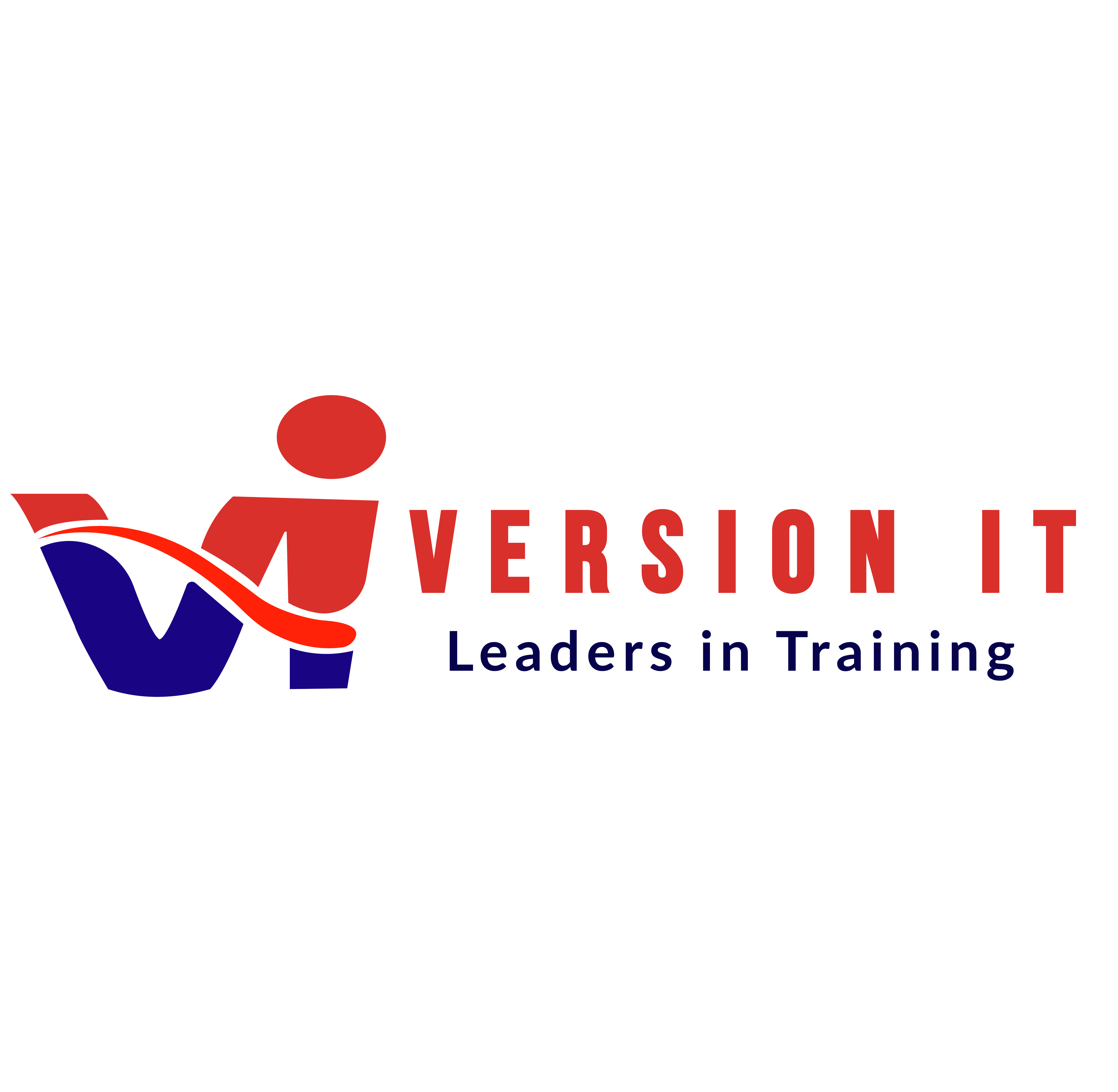Azure can allow you to manage query data on your own terms. When your users are online or not, you can choose between high supplied resources and low demand. Azure SQL Data Warehouse has been rebranded as Azure Synapse Analytics. Azure SQL Data Warehouse was an MPP (Massively parallel processing) solution meant to store massive amounts of data in Microsoft Azure Data Warehouse.
However, Microsoft has added several unique features that give them a competitive advantage over other participants in the market. Microsoft Azure is used as a data warehouse by nearly 80% of Fortune 500 companies. Microsoft has another significant advantage in that it is present everywhere. Users are aware of their interface and other apps, such as Microsoft Excel, Microsoft PowerPoint, Microsoft Access, and MSBI (Microsoft Business Intelligence), which are also utilized on an organizational level.
- Extend insights into all of your data and machine learning modules of your websites and applications with powerful insights.
- Instant clarity — With the most recent data available on Microsoft Azure Synapse Architecture, you can instantly clear all of your business-related doubts.
- Unrivaled security—With row-level security and dynamic data masking, you can protect your data.
- Unified Experience — End-to-end solutions minimize project development time.
- Limitless Scale – Deliver your data to your upper staff as quickly as possible.
- Cost-effective – the cloud’s most cost-effective and data management.
From Version IT’s Azure Synapse Analytics in Hyderabad, you will learn how Azure Synapse Analytics, enables you to execute various types of analytics through its components, which can be utilized to develop modern data warehouses through advanced analytical solutions. You will learn how Azure Synapse Analytics addresses the issue of having a single service to meet the broad range of analytics requirements that organizations face today, as well as a tour of the core application used to communicate with the many Azure Synapse Analytics components. You will learn about the numerous Azure Synapse Analytics components that allow you to develop your analytical solutions all in one place.





